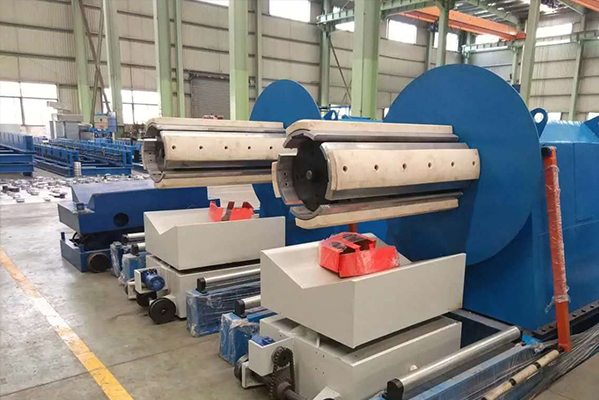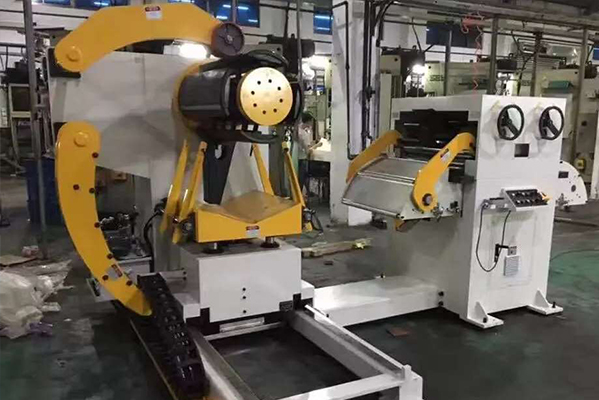Navigation Menu
Contact Us
- Email:
- info@wxavatar.com
- Address:
- Yurong Village, Yuqi Street, Huishan District, Wuxi, China.
Release Date:May 26, 2025 Visit:44 Source:Roll Forming Machine Factory
In industrial metal processing, uncoilers play a crucial role in unwinding coiled materials efficiently. Two primary types dominate the market: hydraulic uncoilers and mechanical uncoilers. Understanding their differences helps manufacturers choose the right equipment for their operations.

Key Features of Hydraulic Uncoilers
Hydraulic uncoilers use fluid power to control the unwinding process, offering smooth and adjustable tension. These systems are known for:
Precision Control: Hydraulic systems provide fine-tuned tension adjustments, reducing material deformation.
Heavy-Load Handling: They are well-suited for thicker and heavier coils due to their high torque capabilities.
Automation Compatibility: Many hydraulic uncoilers integrate seamlessly with automated production lines.
Mechanical Uncoilers: Traditional and Reliable
Mechanical uncoilers rely on manual or motor-driven mechanisms for unwinding coils. Their characteristics include:
Simplicity: Fewer components make mechanical uncoilers easier to maintain.
Cost-Effectiveness: They generally have a lower initial cost compared to hydraulic models.
Suitability for Lighter Coils: Mechanical systems work well with thinner materials where high tension control is less critical.
Comparing Performance and Applications
When deciding between hydraulic and mechanical uncoilers, consider the following factors:
Material Thickness: Hydraulic uncoilers excel with heavy-gauge metals, while mechanical versions are better for lighter materials.
Production Speed: Hydraulic systems often support faster, more consistent unwinding in high-volume settings.
Maintenance Requirements: Mechanical uncoilers may need less upkeep, but hydraulic systems offer longer service life under heavy use.

Conclusion
The choice between hydraulic and mechanical uncoilers depends on production needs, material specifications, and budget constraints. Hydraulic uncoilers provide superior control and power for demanding applications, whereas mechanical alternatives offer simplicity and affordability for lighter operations. Evaluating these factors ensures optimal performance in metal processing workflows.
By understanding these differences, manufacturers can select the right uncoiler to enhance efficiency and productivity in their operations.